This is a question that we hear quite often, and one that can be explained quickly and easily. In a nutshell:
SSI
SSI, or supplemental security income, is a type of welfare benefit for those who have either A., not worked in their lives, or B., have not worked for 5 out of the last 10 years.
To get SSI, you will have to prove that you are either disabled, or that you won’t be able to work for at least the next 12 months. You also can’t have more than $2,000 in liquid assets ($3,000 for couples).
Also, whether or not you qualify will be based on the income of the entire household, not just your income, so if your household income exceeds the SGA limits you are unlikely to qualify.
SSDI
SSDI, or Social Security Disability Insurance, are benefits available to those who have worked for approximately 5 full years out of the last 10. The SSDI program was started in 1956. It is an insurance benefit, not welfare. Net work and most household income will not disqualify you from receiving these benefits.
The main difference between Social Security Disability (SSD, or SSDI) and Supplemental Security Income (SSI) is the fact that SSDI is available to workers who have accumulated a sufficient number of work credits, while SSI disability benefits are available to low-income individuals who have either never worked or who haven’t earned enough work credits to qualify for SSDI.
“A person can qualify for both Supplemental Security Income (SSI) and Social Security Disability Benefits (SSD) if they meet the low-income requirements AND have paid into Social Security.” -Social Security Disability Fact. 2.2 million people receive both SSI and SSDI.
If you have more questions regarding the requirements for these two programs, you can read the details here: https://www.ssa.gov/disability/professionals/bluebook/AdultListings.htm.


